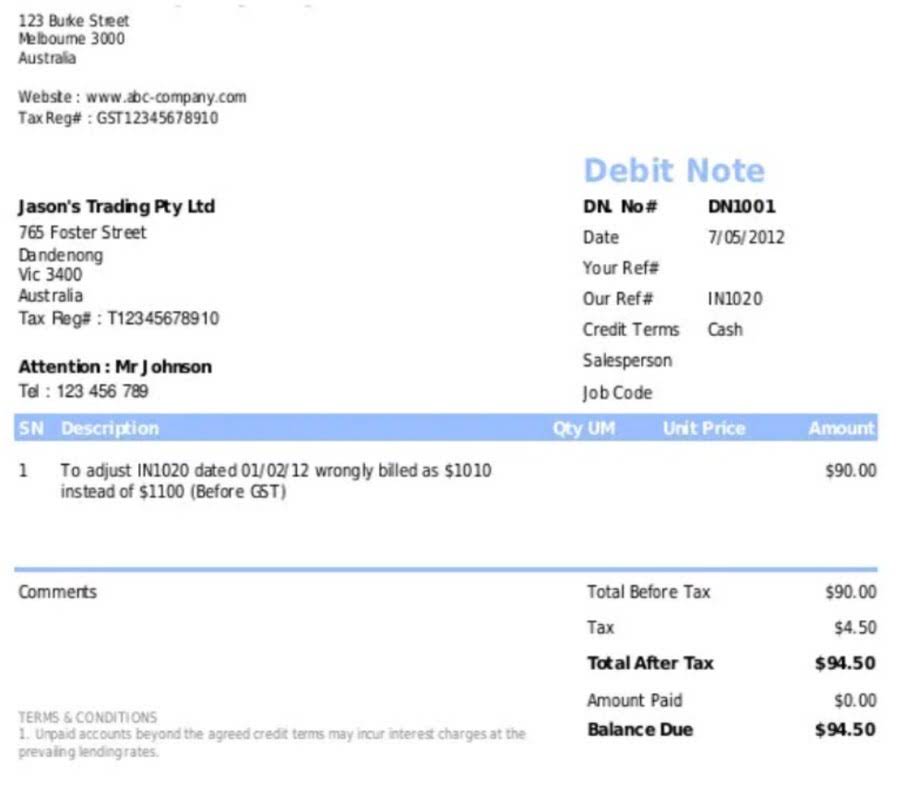
AI in accounts payable offers several ways to enhance invoice processing, each with its own strengths and considerations. Imagine switching tabs and trying to match vendor names against your approved vendor list or verifying invoice numbers against previous records. It often leads to errors, missed discrepancies, and time wasted on data https://dev-hope-digital-busines.pantheonsite.io/15-better-ways-to-say-i-have-a-family-matter-to/ validation. Manually reviewing every invoice for errors, discrepancies, or missing information is time-consuming and can lead to processing delays or payment errors. Now, let’s bring things back to the everyday running of your AP department. How does AI invoice processing impact their day-to-day functions?
- The flow will populate the table with the extracted data, allowing for easy access and analysis.
- In the Power Automate menu, near the bottom you will see a selection for “AI Builder”.
- When you are processing complex invoices with multiple line items across multiple pages, things can get tricky.
- An employee manually sorts them and checks vendor information, invoice numbers, line items, and other details for completeness.
- To demonstrate the capabilities of our AI Builder invoice processing solution, we’ll showcase several examples of successful invoice processing.
- You set up templates for different invoice formats, use basic OCR to pull out the data, and map it to your accounting system.
– Approval Workflow Automation
- Dedicated IDP solutions provide consistent accuracy (95%+ vs variable for LLMs), built-in validation rules, complete workflow automation, and proper security measures.
- This one is in preview right now and I won’t be including anything more about it here.
- Microsoft’s AI Builder is a component of the Power Platform that allows users to incorporate AI capabilities into their business processes with minimal coding.
- AI-powered OCR can extract and understand invoice data in multiple languages, eliminating the need for manual translation.
- Now you can use a single model with multiple collections of documents.
- Manually processing these invoices can be time-consuming and prone to errors.
Manual invoice coding to correct general ledger accounts is time-consuming and prone to errors, leading to inaccurate financial reporting and compliance issues. Once you have divided the columns, click on each header (“A”, “B”, “C”, etc) and you will be presented a pop-up asking you to identify the column that it represents. When you do so, the “A”, “B”, “C”, etc. will be replaced with the name of the column. Once you have identified all the parts of the table grid, click “Done”. After that, add a Create Item in SharePoint action and map all the values returned from AI Model to the new item columns. After that, you will be presented with the model summary and then click on the Train button.

Step 2: Create a Power Automate Flow
- AI invoice processing platforms integrate with accounting software through direct API connections that enable real-time data sync.
- They’re designed to handle all sorts of invoices – from simple to complex, typed to handwritten – with high accuracy.
- After exploring a few options, I found a simple and effective solution using Power Automate and AI Builder’s prompt capability.
- 2️⃣ Store extracted invoice data in Dataverse, SharePoint, or a financial system (like Dynamics 365, SAP, or QuickBooks).
- Manual invoice coding to correct general ledger accounts is time-consuming and prone to errors, leading to inaccurate financial reporting and compliance issues.
2️⃣ Store extracted invoice data in Dataverse, SharePoint, or a financial system (like Dynamics 365, SAP, or QuickBooks). We are all familiar with situations in which we or a third person spend part of their time processing data from one medium to another or from one information system to another. However, by using the AI Builder feature, we will be able to improve the efficiency of this process and therefore the productivity of our employees. AI algorithms with corresponding Power Automate actions can help detect and prevent invoice fraud by analyzing patterns, invoice history, and invoice behavior. Suspicious invoices, such as those with irregular vendor details or payment instructions, can be flagged for further investigation, minimizing the risk of fraudulent transactions.

– Data Validation

The app will then use Power Automate to save the image to SharePoint. Now that we have the invoice’s file content we can use AI Builder’s pre-built invoices model to extract its Mental Health Billing details. Pre-built models do not require any training before using them in a flow.
- In our solution, AI Builder will be used to extract data from the invoice images captured by the PowerApp.
- This capability accurately extracts detailed information such as item descriptions, quantities, unit prices, and totals.
- Next, we will need to indicate what information, in our case, fields we want the AI Builder model to retrieve.
- We are all familiar with situations in which we or a third person spend part of their time processing data from one medium to another or from one information system to another.
- Companies often receive invoices in large quantities from various sources such as mail, fax, email, or in-person.
Use AI Builder and Power Apps to Process Invoice Data
The flow will process the invoice, extract the required information, and store it in ai invoice processing the Excel spreadsheet. By testing the flow, we can identify and address any issues or improvements needed. What’s the quickest and most efficient way of keeping track of incoming invoices?


